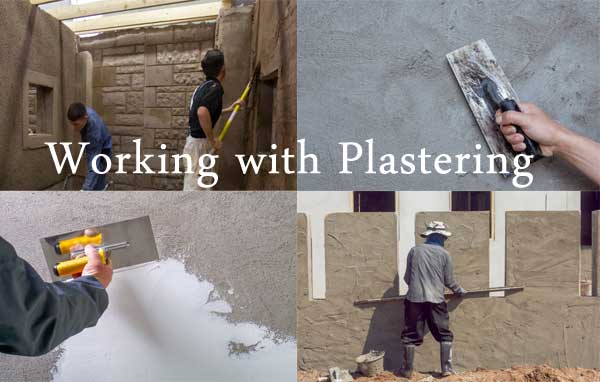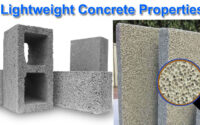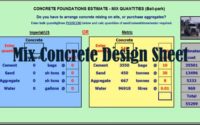Plastering in Easy Steps – Process and Tips of Plastering
Every Surface of the House be interior or exterior limping its beauty and luster. It is the Right plastering that bring out the best of the esthetic. This knowledge capsules explains the method of plastering in easy steps. Plastering provide a even surface for painting besides offering protection. Plastering is done with the mix of cement and sand which is called mortar.
Let us see some important steps . Before taking up the plastering job, bullheads are fixed to ensure level surface in plastering. It should be ensured that the Bullheads are allied vertically as well as horizontally are provide at a suitable intervals . The surface to be plastered should be cleaned thoroughly to remove loose particles, oily, greasy matter and plastic tapes. Smooth surface shall be roughened by hacking or power driven tools. Joints of the Masonry should be rate to a depth of 12 mm.
The surface should be moisture evenly before application of plaster. This prevent absorption of water from water. A thin layer of rich mortar made with 1 part of cement to 1 part of sand is to be splashed. Mortar should be mixed in small quantity and should be consumed within 1 hours.
The proportion of cement to the sand vary depending on the location of the plastered. The thickness of the plastered shall be sufficient to not only to the even out the imperfection in the walling units but also provide protection against water penetration. The Mortar shall be applied evenly on the surface between the bullhead using the trowel and levelled with straight edged. Surfaces are to be finished to the smooth texture using the wooden flow.
The Thickness of the plastered in single coats shall be maximum 15 mm. In case the plastered to be carried in 2 coats, the thickness of the first coats is just to sufficient to cover all the undulation. In no case it shall be more than 20 mm. The first coats should be cured for 3 days before applying the second coats.
The Surface of the first coats should be scratched or roughened before it is fully hardened so that the second coats bonds well with the first coats . A coat of hydrolic light base called neru or line rendering to make the surface smoother and make it ready for painting. Special tools are used for finishing corner.
Summary of Plastering:
Surface preparation is very important to ensure that the plaster lasts longer and protects the masonry.
Ensure that the surface is clean and wet
Make sure that mortar is used within one hour of mixing water
Too thick a layer of plaster should not be applied





